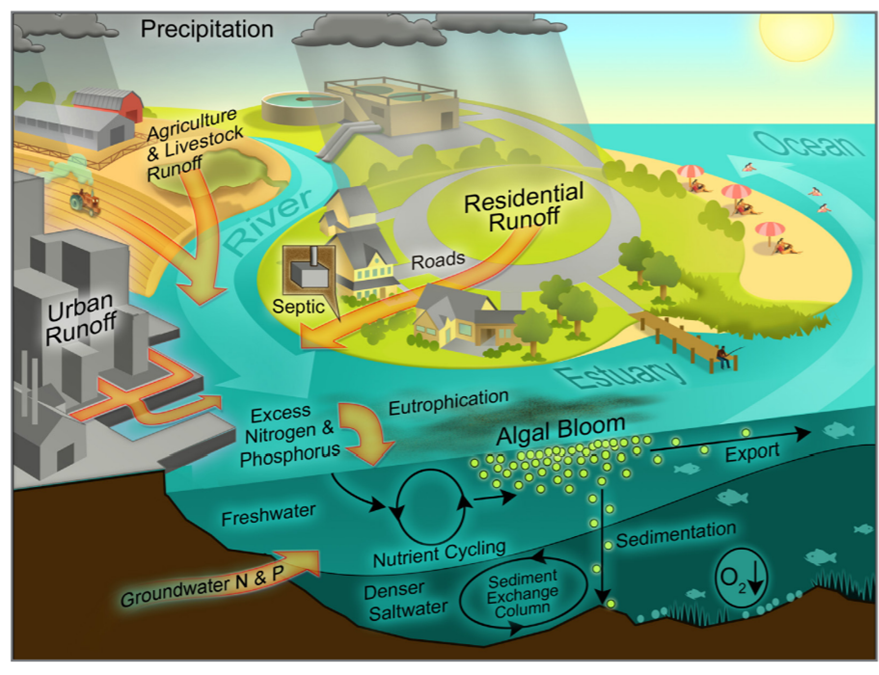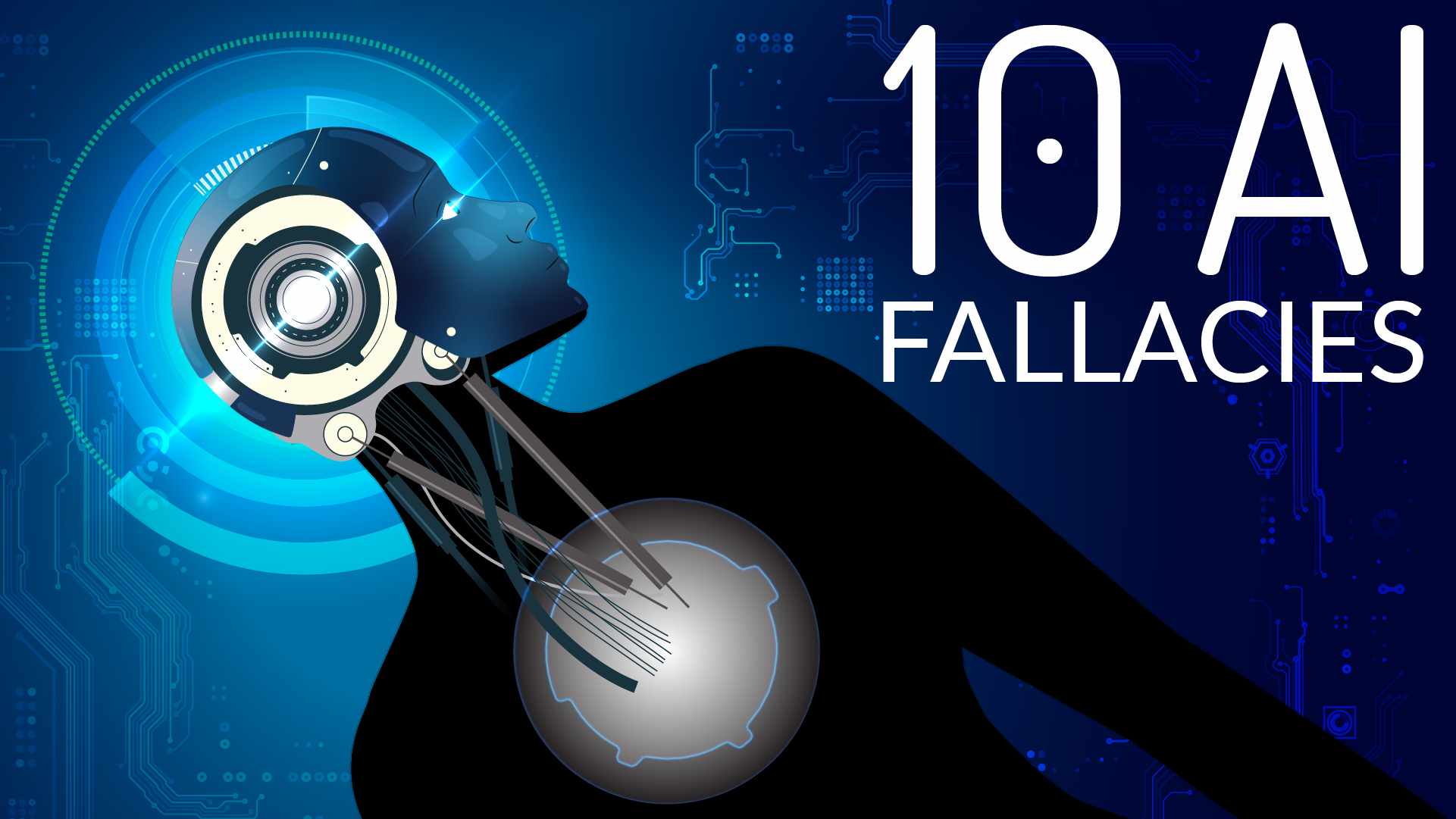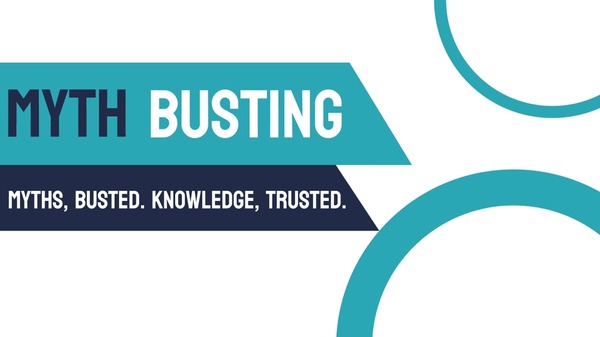Double Trouble: Kodiak's Shellfish Industry Faces Two Straight Months Of Harmful Algal Blooms

Table of Contents
The Extent of the Harmful Algal Blooms in Kodiak
The geographical spread of the current HABs is alarming. Areas like Alitak Bay, Karluk Lagoon, and several smaller inlets have been significantly affected. Satellite imagery and water sampling data reveal high concentrations of algae, exceeding safe limits for shellfish harvesting. The bloom's severity is underscored by the sustained duration – two months – and the expansive area of affected waters. Preliminary analysis suggests the presence of Alexandrium catenella, known for producing potent neurotoxins, and Pseudo-nitzschia, associated with amnesic shellfish poisoning (ASP).
- Specific locations heavily impacted: Alitak Bay, Karluk Lagoon, Chiniak Bay, various smaller inlets.
- Measurement of algal density (cells/liter): Data varies by location, but peaks exceeding 10,000 cells/liter have been recorded in several affected areas.
- Types of harmful algae identified: Alexandrium catenella, Pseudo-nitzschia species.
- Duration of bloom in each affected area: At least eight weeks across multiple locations.
Impact on Kodiak's Shellfish Industry
The economic repercussions of these harmful algal blooms in Kodiak are severe. Shellfish beds have been closed, halting harvesting operations and crippling the livelihoods of harvesters, processors, and related businesses. Preliminary estimates suggest millions of dollars in lost revenue and dozens of jobs impacted. The closures particularly affect the harvesting of clams, mussels, and scallops, disrupting local markets and supply chains, leading to price increases and shortages. The Alaska Department of Environmental Conservation (ADEC) has implemented emergency shellfish harvesting restrictions across affected areas.
- Specific shellfish species affected: Clams, mussels, scallops.
- Estimated economic losses: Millions of dollars in lost revenue (precise figures pending further assessment).
- Number of shellfish harvesting permits impacted: Dozens of permits across various shellfish species.
- Governmental responses and regulations: Emergency closures, ongoing monitoring, and public health advisories issued by ADEC.
Environmental Consequences of the Harmful Algal Blooms
The impact extends beyond the shellfish industry. These harmful algal blooms in Kodiak threaten the broader marine ecosystem. Filter-feeding organisms, including other shellfish species and fish larvae, are directly affected by the toxins. The disruption to the food web can have cascading consequences for the entire ecosystem, potentially impacting larger predators and the overall biodiversity of the region. The recurrence of HAB events raises concerns about long-term ecological damage, potentially leading to shifts in species composition and ecosystem stability. ADEC and the University of Alaska Fairbanks are conducting research to better understand the causes and long-term effects of these HABs.
- Impacts on other marine organisms: Filter feeders, fish larvae, potentially impacting the entire food web.
- Potential long-term ecological damage: Shifts in species composition, reduced biodiversity, and altered ecosystem function.
- Ongoing research and monitoring programs: ADEC and UAF are conducting research and monitoring efforts.
- Potential links to climate change or other environmental factors: Ongoing research is exploring the potential links between HABs and climate change, nutrient runoff, and other environmental factors.
Looking Ahead: Mitigation and Prevention Strategies
Addressing the ongoing challenge of harmful algal blooms in Kodiak requires a multifaceted approach. Implementing early warning systems using advanced monitoring technologies could provide timely alerts for shellfish bed closures, minimizing economic losses. Improved water quality monitoring and pollution control measures are crucial to prevent future occurrences. Investing in research to understand the causes of HABs is paramount for developing effective mitigation strategies. Public awareness campaigns are needed to educate communities about the risks associated with HABs and the importance of reporting sightings.
- Early warning system development: Investing in advanced monitoring technologies and predictive models.
- Improved water quality monitoring: Regular monitoring of nutrient levels and other environmental parameters.
- Public education campaigns: Raising awareness about HABs, their risks, and reporting procedures.
- Research into HAB causes and prevention: Funding research to identify factors driving HAB events and develop prevention strategies.
Addressing the Double Trouble of Harmful Algal Blooms in Kodiak
The consecutive months of harmful algal blooms in Kodiak represent a serious threat to the island's economy and environment. The impact on the shellfish industry is substantial, with significant economic losses and potential long-term ecological consequences. Addressing this challenge requires a collaborative effort involving government agencies, researchers, the shellfish industry, and local communities. By investing in research, implementing effective monitoring systems, and promoting public awareness, we can work towards mitigating the impact of future HAB events and ensuring the long-term health of Kodiak's invaluable marine resources. Learn more about the impact of harmful algal blooms and how you can support Kodiak's shellfish industry by visiting the Alaska Department of Environmental Conservation website.

Featured Posts
-
 Musetti Defeats Auger Aliassime In Miami Open Thriller
May 30, 2025
Musetti Defeats Auger Aliassime In Miami Open Thriller
May 30, 2025 -
 Ruud Loses To Borges At Roland Garros After Knee Injury Setback
May 30, 2025
Ruud Loses To Borges At Roland Garros After Knee Injury Setback
May 30, 2025 -
 Zurueck In Augsburg Die Geschichte Juedischen Sports
May 30, 2025
Zurueck In Augsburg Die Geschichte Juedischen Sports
May 30, 2025 -
 Boesen To Deliver Commencement Address At Grand View University
May 30, 2025
Boesen To Deliver Commencement Address At Grand View University
May 30, 2025 -
 Del Toros Frankenstein A Puzzling New Look At A Classic Horror Story
May 30, 2025
Del Toros Frankenstein A Puzzling New Look At A Classic Horror Story
May 30, 2025
Latest Posts
-
 Responsible Ai Addressing The Misconceptions About Ai Learning
May 31, 2025
Responsible Ai Addressing The Misconceptions About Ai Learning
May 31, 2025 -
 Save Big On Spring Travel 30 Off Lavish Hotels
May 31, 2025
Save Big On Spring Travel 30 Off Lavish Hotels
May 31, 2025 -
 Debunking The Myth Of Ai Learning A Practical Guide To Responsible Ai
May 31, 2025
Debunking The Myth Of Ai Learning A Practical Guide To Responsible Ai
May 31, 2025 -
 Ai And The Illusion Of Learning Promoting Ethical And Responsible Ai
May 31, 2025
Ai And The Illusion Of Learning Promoting Ethical And Responsible Ai
May 31, 2025 -
 Spring Hotel Sale Enjoy 30 Off Luxurious Accommodation
May 31, 2025
Spring Hotel Sale Enjoy 30 Off Luxurious Accommodation
May 31, 2025
